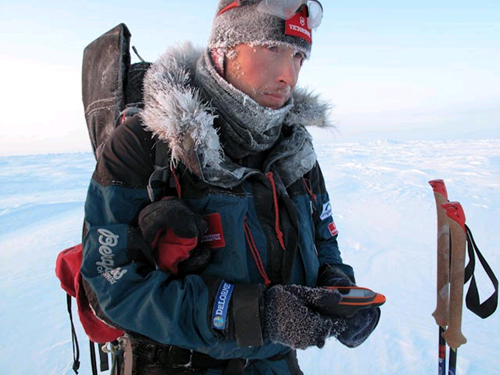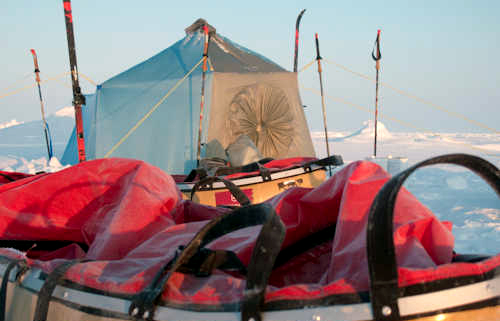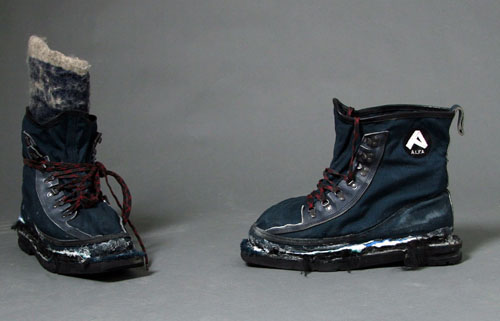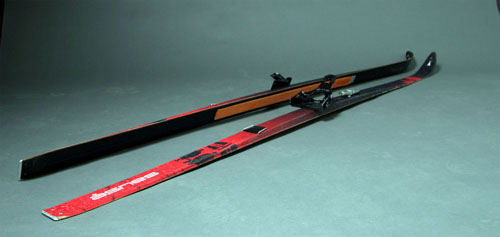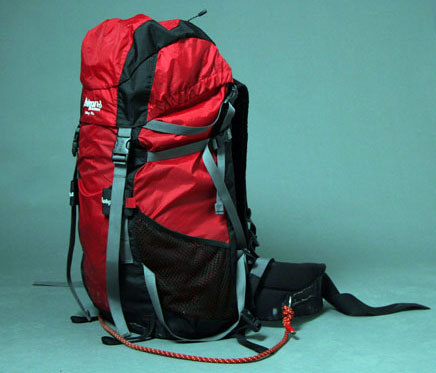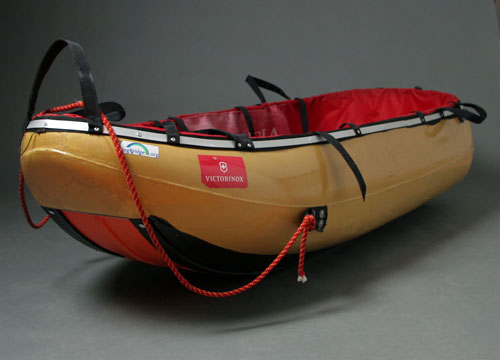From a starting point on Canada’s Ellesmere Island, it took two long months of skiing, hauling, cooking, camping, scouting lines, and meandering steadily north on fractured ice.
But on April 25, 2009, John Huston and Tyler Fish reached the North Pole by ski — the first Americans to pull off the unsupported feat, which at 475 miles has been dubbed “the hardest trek on the planet.”
(Click for NORTH POLE GEAR TEST PHOTO GALLERY)
Indeed, to cross the arctic void, Huston and Fish, from Chicago and Ely, Minn., had to haul 650 pounds of food, fuel and gear. Each man pulled two sleds and trudged for hours a day, leaning into wind and bearing temps as low as minus-60 degrees F.
Like all polar trips, Huston and Fish’s Victorinox North Pole ’09 Expedition necessitated some unique gear. The pair cherry-picked from standard outdoors-industry items, including a DeLorme PN-40 GPS unit and, from their sponsor, the Victorinox Swiss Tool Spirit Plus Rachet, a $145 multi-tool that served as their repair kit.
(Click for NORTH POLE GEAR TEST PHOTO GALLERY)
But they also brought unexpected things like a teapot. “We called it the Fat Lady,” Huston said. They bought the bulbous stainless steel pot in the village of Iqaluit, Nunavut, before departure. It is a $40 item Huston said was essential on the trip.
The teapot is big and moderately heavy at about 26 ounces. But Huston — who stored it during transit each day wrapped in his sleeping bag with a satellite phone inside — swears by the seven-liter pot for melting snow blocks and boiling water in some of the worst conditions on the planet.
(Click for NORTH POLE GEAR TEST PHOTO GALLERY)
(Click for NORTH POLE GEAR TEST PHOTO GALLERY)
(Click for NORTH POLE GEAR TEST PHOTO GALLERY)
(Click for NORTH POLE GEAR TEST PHOTO GALLERY)
(Click for NORTH POLE GEAR TEST PHOTO GALLERY)
(Click for NORTH POLE GEAR TEST PHOTO GALLERY)
